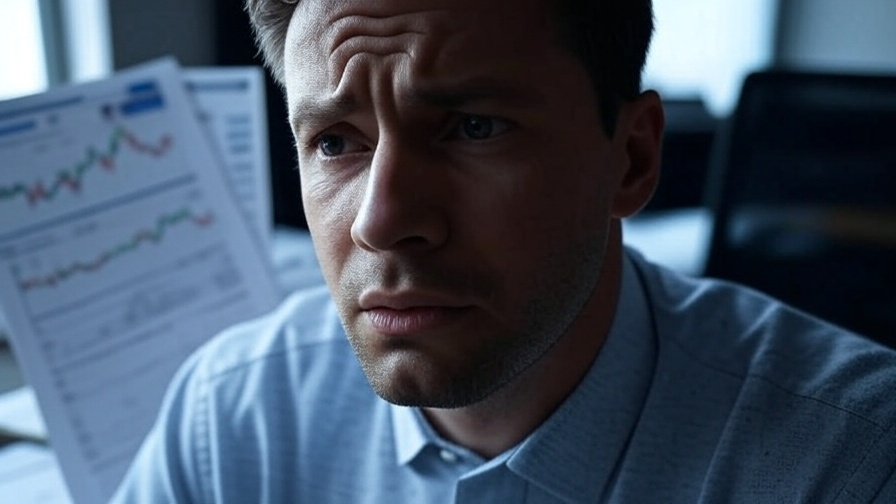
3 Startling Facts: Russia’s Currency Collapse Deepens Global Financial Fears
In the past few months, an unforeseen and profoundly disturbing development has begun to unfold within the Russian economy. Amid the well-known context of sanctions and geopolitical strife, significant indicators are surfacing that could potentially disrupt the global financial system.
Here are three critical developments signaling that the Russia currency collapse is not just an isolated crisis—it’s a warning for markets worldwide.
1. The Ruble Is Poised to Fall Sharply
A recent Reuters poll – conducted by 14 analysts – found that the Russian ruble could weaken by up to 20% over the next twelve months, potentially falling to 100 rubles per US dollar. This shift stems from threats of fresh U.S. sanctions, faltering oil revenues, and shaky investor sentiment.

A weaker ruble could raise inflationary pressures in Russia while creating ripple effects across emerging markets tied to global commodity prices.
2. Reserves Are Running Thin
According to analysis by economists monitoring Russia’s National Wealth Fund, the country’s reserves might shrink from $117 billion in 2021 to just $31 billion by late 2024. Such a dramatic erosion of financial safety nets raises alarms over Russia’s ability to sustain defense spending and economic stability amidst ongoing war-related expenditures
.
3. Structural Weaknesses Expose Long-Term Fragility
Experts at the Center for Strategic and International Studies (CSIS) note that while Russia has endured early shocks, its economy is far from resilient. Inflation is easing, but borrowing is slowing, state spending remains heavily skewed toward defense, and sanctions continue to distort capital flows
.
These trends signal that the Russian financial crisis may well intensify if oil prices dip further or if sanctions deepen, chafing at the economy’s core.
Why the World Should Be Watching Closely
Russia’s precarious financial position poses significant risks across global markets:
A weaker ruble could drive up commodity and inflation pressures in Europe and Asia.
Investors may grow wary of emerging markets that mirror Russia’s resource dependency.
Currency volatility could inflame debt conditions in Russia’s trade partners.
This looming fallout connects directly with the broader “geopolitical fragmentation” trend driven by advancing alternatives to Western‑dominated financial systems like BRICS Pay
